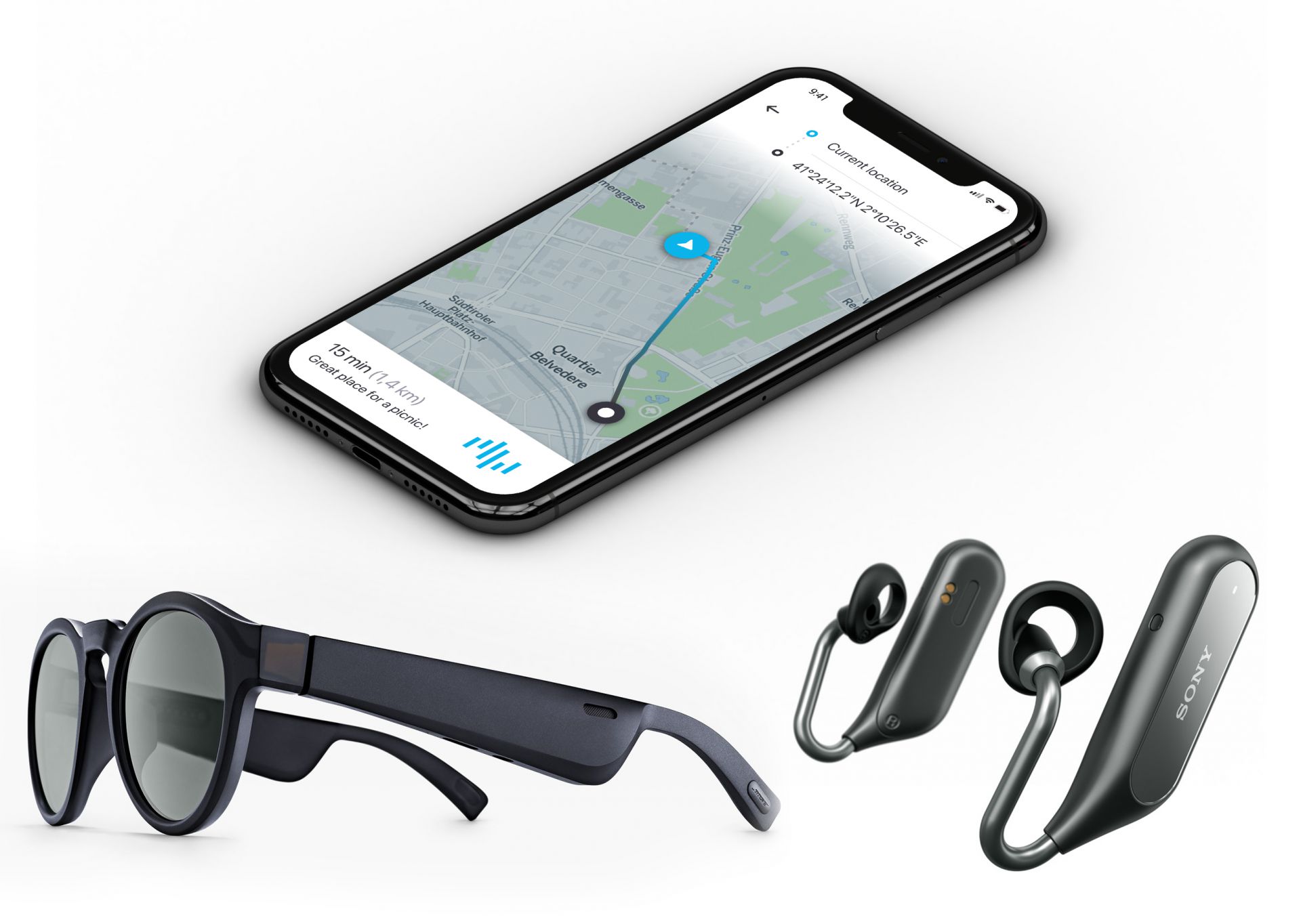Audio navigation and orientation system for blind and visually impaired people
Jahr: 2019
Bundesland: Wien

Ziele/Ideen
Independent mobility is one of the main challenges faced by blind and visually impaired people. Outdoor navigation – especially in unknown places – is extremely difficult or oftentimes just impossible. This results in dependence, discomfort, high risk for accidents and social isolation. Currently, the people that try to go somewhere on their own, use audio instructions from, conventional navigation apps. They need to focus on interpreting the instructions and avoid obstacles with the white cane. Moreover, because instructions are sub-optimal they need to use other apps simultaneously. Switching between apps, focusing on instructions and avoiding obstacles is overwhelming and people get extremely tired.
Kurzbeschreibung
We are developing a navigation and orientation solution to assist blind and visually impaired people in overcoming their mobility challenges. The key aspect of our solution, is that people can understand where they need to walk to, in the most natural and intuitive way. Much like being able find out where a ringing phone is located in a room (and walk up to it without even seeing it) we create virtual sounds embedded in real world locations – for instance in a street corner where the user might need to turn. With headphones, the users can hear the virtual sounds as if they were real existing objects. They can therefore walk towards this “sound object”. In this way we avoid the need for interpreting audio instructions and rely only on the intuitive ability of finding sound location.Resultate
The most important outcomes of the project are:
-Tests with a proof-of-concept prototype with over 100 sighted users (doing the tests blindfolded) and 12 blind users. The vast majority of the people in both cases could follow a defined path just by following sounds. The feedback from the majority of the participants was highly positive as they said that this navigation concept was very easy, and that it had the potential to have a major impact in their navigation habits i.e. would help them be more independent.
-Several usability workshops to fine tune user requirements: observation of 6 blind people navigating in the street and focus groups with 12 people. The outcome is the definition of our product features, hardware requirements and the design of the application user interface (see pictures).
-Development of the full featured native iOS application (to be completed in Jul 2019).
Partner
Hilfsgemeinschaft der Blinden und Sehschwachen Österreichs: Cooperation in acces to users, consuting on user’s needs and usability workshops
Institut für Schallforschung der ÖAW: Piotr Majdak
Austrian Institute of Technology: Georg Regal and Katharina Maurer
Dreamwaves GmbH
